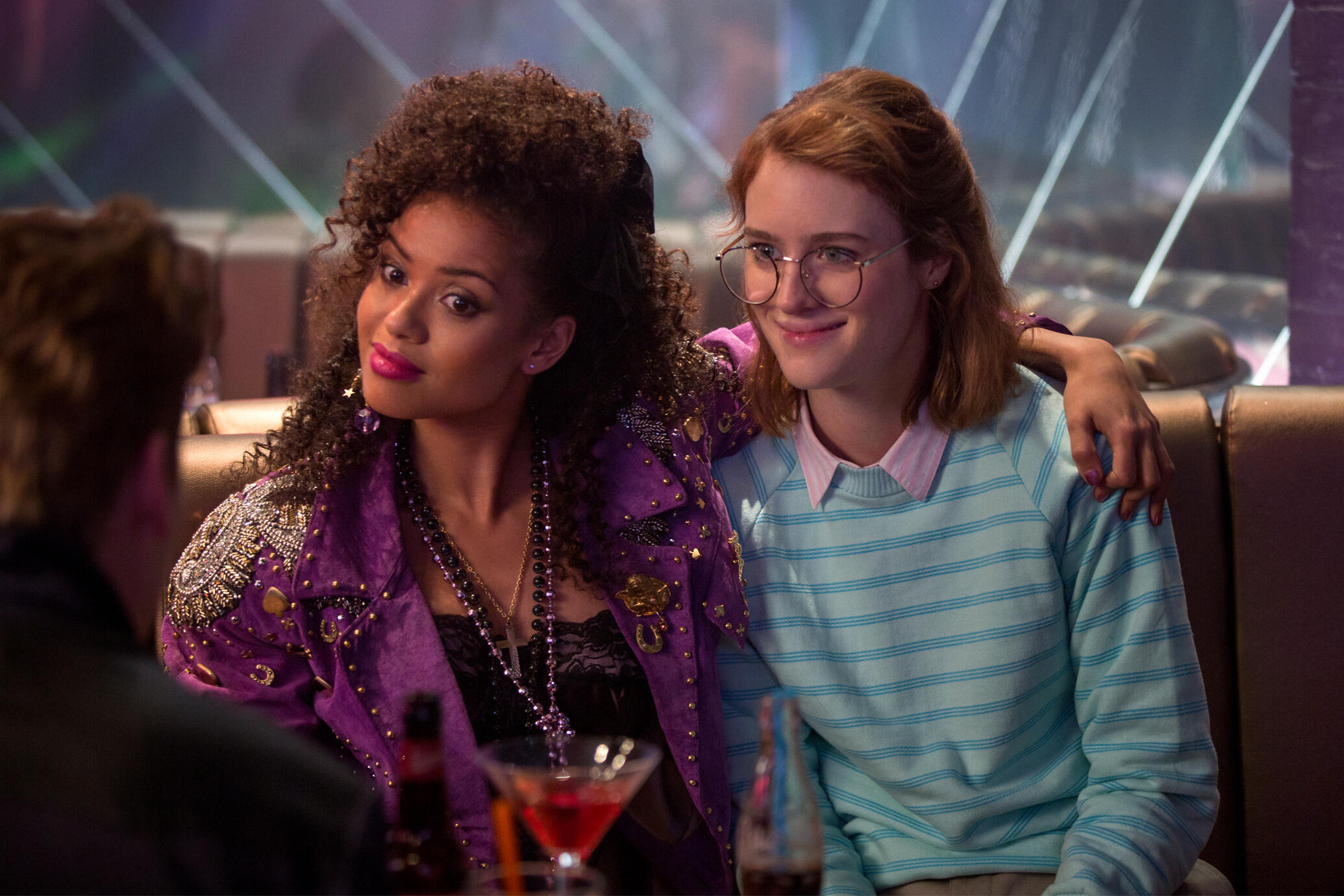Most filmgoers are already familiar with the experience of witnessing their favorite franchise progress well past its expiration date. It’s the unfortunate result of a movie industry that’s grown reliant on sequels and remakes rather than new ideas. Studios know that fans want to see more of the original characters and the worlds they loved, facilitating the success of recent sequels like “Top Gun: Maverick” and “Spiderman: No Way Home.” But, not every series benefits from endless continuations.
Unnecessary sequels can quickly undo a carefully constructed storyline or a satisfying ending and reboots often fail to understand the qualities of their source material. While there are some exceptions, series that would be better left alone face significant difficulties in trying to entertain their fanbase without resorting to these detrimental gimmicks. However, instead of churning out low-quality productions to keep a brand alive, the film and television industries can accomplish this goal through spiritual successors.
For those who aren’t familiar with the term, spiritual successors are works that act as a continuation of an earlier production but are not connected to the same storyline or brand. The term commonly appears in the video game industry, where prominent games like Stardew Valley, Dark Souls and Fallout began as spiritual successors to earlier titles. Although it’s easy for games to mimic gameplay and aesthetic elements, the fixed nature of other mediums makes spiritual successors much harder to create without seeming like lesser imitations of prior works. Fortunately, past examples of the practice in film and television, while uncommon, prove that spiritual successors carry numerous advantages for these formats.
Conceptual Spiritual Successors
Most spiritual successors adopt the same concept as their predecessors but redefine it through the perspective of new writers and cast members. One of the most recent examples of this is Seth MacFarlane’s sci-fi television series, “The Orville.” The show deliberately echoes the early entries of the “Star Trek” franchise, following the adventures of a starship crew as they resolve episodic conflicts throughout their travels across the galaxy. MacFarlane stated that his goal in creating “The Orville” was to recapture the “forward-thinking, aspirational, optimistic place in science fiction that ‘Star Trek’ used to occupy.”
The show’s dedication to emulating the aesthetics, tone and ideals of its inspiration has developed its reputation as a more faithful successor to “Star Trek” than the franchise’s most recent entries. At the same time, MacFarlane’s emphasis on humor helps the show stand apart as its own work, which strikes an excellent balance between homage and originality.
Not every spiritual successor originates from different creators: Some come from people who were behind the predecessor but were prevented from continuing the original work due to licensing issues. The 2016 Netflix series “White Rabbit Project” arose from these circumstances after Kari Byron, Tory Belleci and the late Grant Imahara departed from “Mythbusters” in 2014. The group began the “White Rabbit Project” as its spiritual successor, in which they continued to conduct tests themed around fictional concepts, experimental technology and historical myths.
However, the project strays from the “Mythbusters” formula with its more competitive format that pits the hosts against each other to devise different means of tackling specific questions. Despite its short-lived, one-season run, “White Rabbit Project” provided viewers with a chance to see former “MythBusters” cast members showcase their technical talents and personal chemistry.
Stylistic and Thematic Spiritual Successors
Another practice found in spiritual successors, though far less common, is adopting a single, distinctive element of another work. This allows different artists to experiment with creative ideas by placing them in new contexts or under a different directorial style. These spiritual successors rarely follow the premise or tone of their predecessors, but their use of the defining element creates an undeniable link between the two works.
The recently released “Chip ‘n Dale: Rescue Rangers” isn’t the first movie to mimic the visuals of the 1988 film “Who Framed Roger Rabbit,” which combined 2D animated characters with live-action settings and actors. However, “Rescue Rangers” used its predecessor as a direct inspiration and advances its visual gimmick by including a wider variety of both 2D and 3D animation styles.
As a result, the film successfully recaptures the appeal of its primary inspiration to impress even modern audiences. Considering the development struggles that are plaguing plans for a “Who Framed Roger Rabbit” sequel, “Rescue Rangers” may have also been the only way to reintroduce its impressive concept to modern viewers.
While most spiritual successors reuse aesthetic elements or entire premises of other works, some explore the defining themes of their inspirations. On the surface, the original 1959 version of “The Twilight Zone” and its contemporary spiritual successor, “Black Mirror,” explore vastly different subjects. While the former deals with matters of supernatural horror and sci-fi mystery, the latter is far more grounded in its exploration of the questions introduced by constant advancements in technology. Those unfamiliar with the “Twilight Zone” may believe these insightful discussions to be unique to “Black Mirror,” but the show’s creator, Charlie Brooker, attributes his primary inspiration to Rod Serling’s iconic horror anthology series, stating in an interview with GamesRadar:
“But it feels to me that if you want to address technology a way to do it is [to] extrapolate it from where it is. That was what ‘The Twilight Zone’ did: it would take things they were concerned about in the present moment and crank them up. It would present these irresistible, ‘What if’ ideas, and then play them out in a way that when it would hit the right height was really chilling.”
Brooker understands the effectiveness of social commentary in an anthology horror series like “The Twilight Zone,” but his twist on the format explores topics that were rarely considered back in the 1950s and ’60s yet have grown into prevalent parts of today’s society. With technology escalating its influence on our everyday routines, “Black Mirror” uses its format to reach the minds of modern viewers with the same unnerving yet insightful commentary of its predecessor.
Considering Risks and Benefits
Despite the creative potential that spiritual successors offer, they carry multiple risks that have likely scared studios away from adopting the practice. Marketing a spiritual successor is much more difficult than promoting the sequel or reboot of a famous series. Without brand recognition, the successor will require much more effort to attract an audience. Featuring well-known staff members from the original work may help its chances of success, but projects created solely by fans of the predecessor lack this luxury. As a result, spiritual successors are unlikely to receive the same studio funding or box office success compared to new installments in a pre-established franchise.
Some creators turn to crowdfunding to bring their spiritual successors to life. One of the most famous examples is the 2019 video game Bloodstained: Ritual of the Night, a spiritual successor to the long-running Castlevania series. Through its Kickstarter campaign, the game easily surpassed its $500,000 goal by amassing over $5 million. However, Bloodstained is a rare example of a successfully crowdfunded successor, as many others cannot reach their goal or simply meet fans’ expectations.
Despite their inherent risks, spiritual successors allow studios to continue satisfying audiences without consistently relying on and inevitably ruining a single franchise. The medium provides a platform for new artists to tackle familiar ideas or for well-established creators to experiment with their work without straying from the genres they’re best known for. With video games continually proving the effectiveness of spiritual successors, it’s time for other mediums to follow suit and adopt them as a regular practice.

















